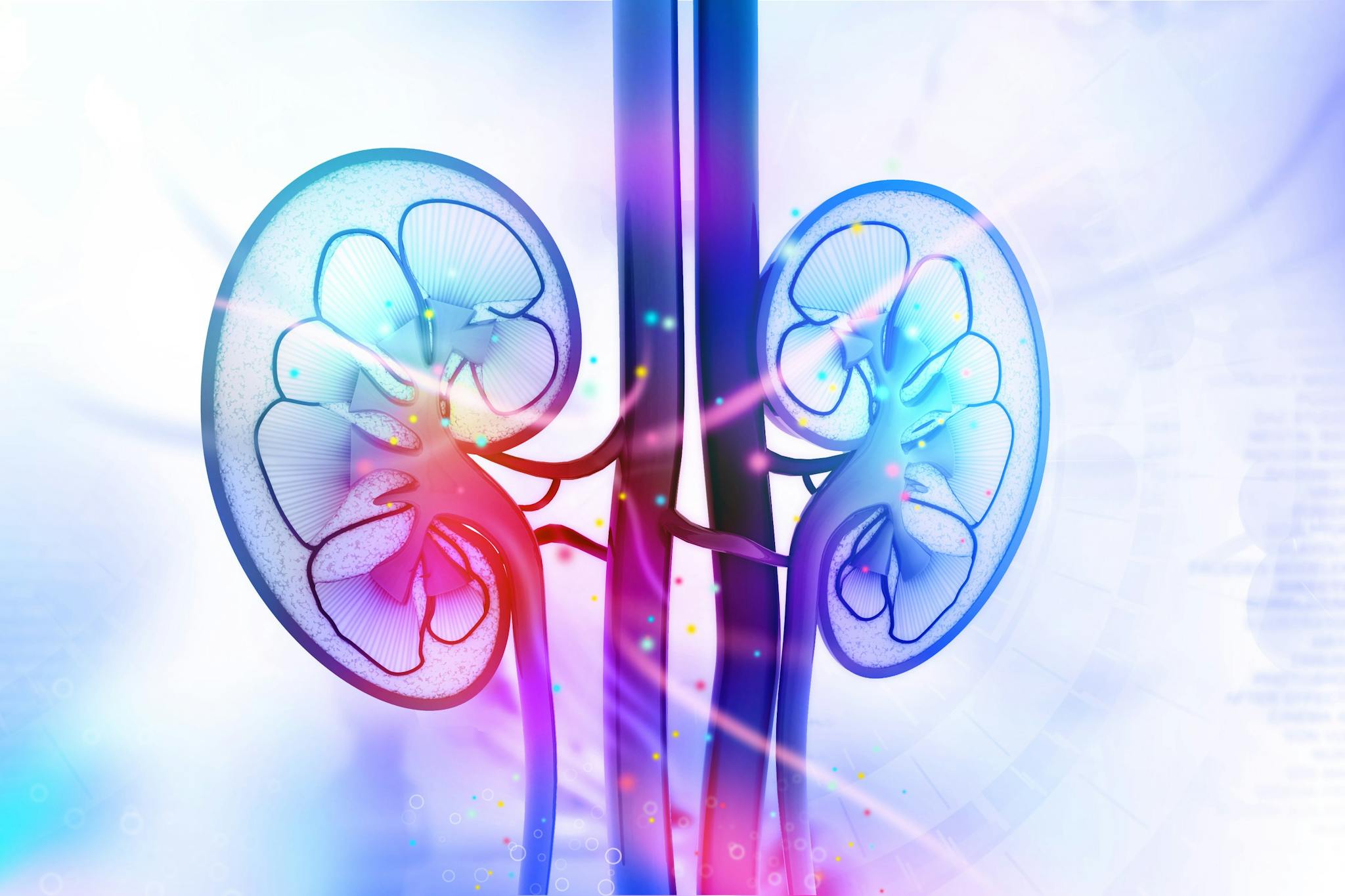
April 9, 2024
The Health Benefits of Stress Management
- Behavioral Health
February 15, 2017 | Nephrology

There are diseases all over the body that can be partially or completely prevented by making certain lifestyle choices, but there are also conditions that are present from birth and cannot be prevented. These are called hereditary conditions, or inherited conditions.
The kidneys can be affected by both lifestyle choices and genetics. Many forms of kidney disease and kidney failure are conditions that develop during the adult years, and can be prevented with some of the right habits. Many others are inherited, such as polycystic kidney disease (PKD).
Polycystic kidney disease is a condition where clusters of cysts – little round sacs full of fluid – grow in the kidneys and surrounding areas. These cysts accumulate fluid and grow larger, and they can cause problems when they get too big. Here’s a look at the basics of polycystic kidney disease.
The cysts in polycystic kidney disease can cause several noticeable symptoms:
The cysts are invasive in the kidneys, but they can also spread to other areas nearby. Some of the major complications they can cause, both in the kidneys and elsewhere include:
Genetic abnormalities are the primary cause of polycystic kidney disease, and there are two major genetic defects that can cause it:
Autosomal dominant polycystic kidney disease (ADPKD): This is a disease passed on by a dominant gene, meaning only one parent needs to have the disease for it to be inherited. Each child has a 50 percent chance of getting it if one parent has it. In most ADPKD cases, symptoms aren’t visible until between ages 30 and 40, though it can be present in children. ADPKD makes up about 90 percent of all polycystic kidney disease cases.
Autosomal recessive polycystic kidney disease (ARPKD): This accounts for the other 10 percent of cases. ARPKD is passed on by a recessive gene, meaning both parents must have it, and the chances of the child getting it are 25 percent in these cases. Symptoms are often present directly after birth, though sometimes they don’t appear until later in childhood or teen years.
Diagnosing polycystic kidney disease is done using a few different tests:
There is no cure for polycystic kidney disease, and most of the treatment focuses on limiting symptoms and potential complications including:
Because it is inherited, there’s no way to actively prevent polycystic kidney disease. However, people with the disease who are thinking of having children should consider their risk of passing it on, and can take several precautions that might make it less likely they pass it on.
If you’re concerned you’re showing the signs of polycystic kidney disease or may have passed it on to your children, speak to your doctor.
“Polycystic Kidney Disease.” National Kidney Foundation. https://www.kidney.org/atoz/content/polycystic
“Polycystic kidney disease.” The Mayo Clinic. http://www.mayoclinic.org/diseases-conditions/polycystic-kidney-disease/basics/definition/con-20028831
WRITTEN BY:
The Live Better Team


April 9, 2024

March 22, 2024

February 12, 2024

February 6, 2024
This information is not intended to replace the advice of a medical professional. You should always consult your doctor before making decisions about your health.